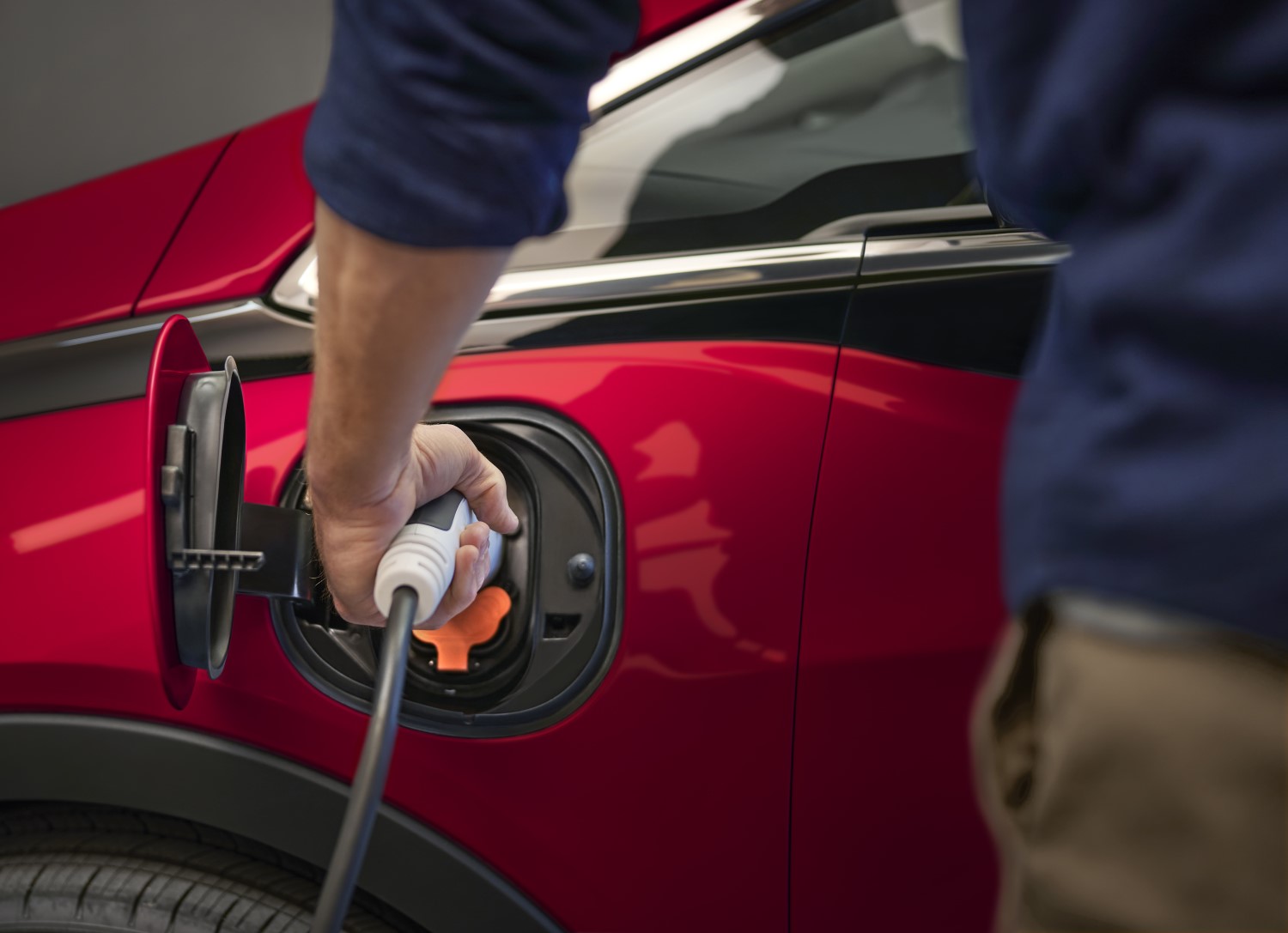Automobile: 16 reasons why electric cars will not take over car industry
The electric car revolution is in full swing, and these vehicles are now more mainstream than ever. However, there are still drawbacks to owning an electric car, some of them are fatal flaws.
- Purchase cost – They are unaffordable for 85% of the buying public, and when the $7,500 government subsidy dries up, they are even less affordable. If you lease the car, you do not get the full $7,500 subsidy, only if you buy the vehicle. Most people driving an EV today are from white-collar dual earner families with a household income well over $200,000 per year. The average USA family income is $70,000. An average of only 6.68% of US households make over $200k
- Expensive Battery Replacements – The average American family doesn’t even have $500 in savings for an emergency, much less the cost of thousands a battery replacement can cost.
- Charging stations – if you live in rural America you probably won’t see a charging station for miles on end. For someone who lives in that part of the country, an electric car just isn’t a practical option yet. It can be miles between the nearest town and not being able to charge your vehicle just isn’t an option.
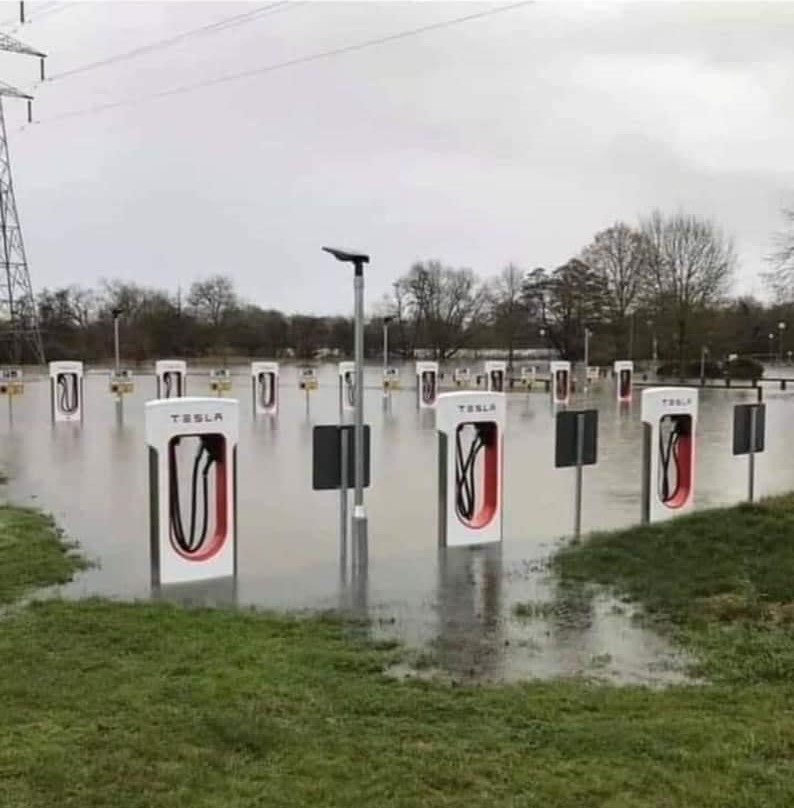
- Charging wait times – Less than 2% of the cars on the road today in California are EVs, yet the wait times at some charging stations are hours. Wait until 20% of the cars are EVs. You’ll be waiting for days to get a charging station because not everyone can have one at their apartment, or condo. Who has that much time vs. 3-5 minutes to fill up with gasoline. Then after you wait in line to get a charger, it’s another 45 minutes or so for the actual charge
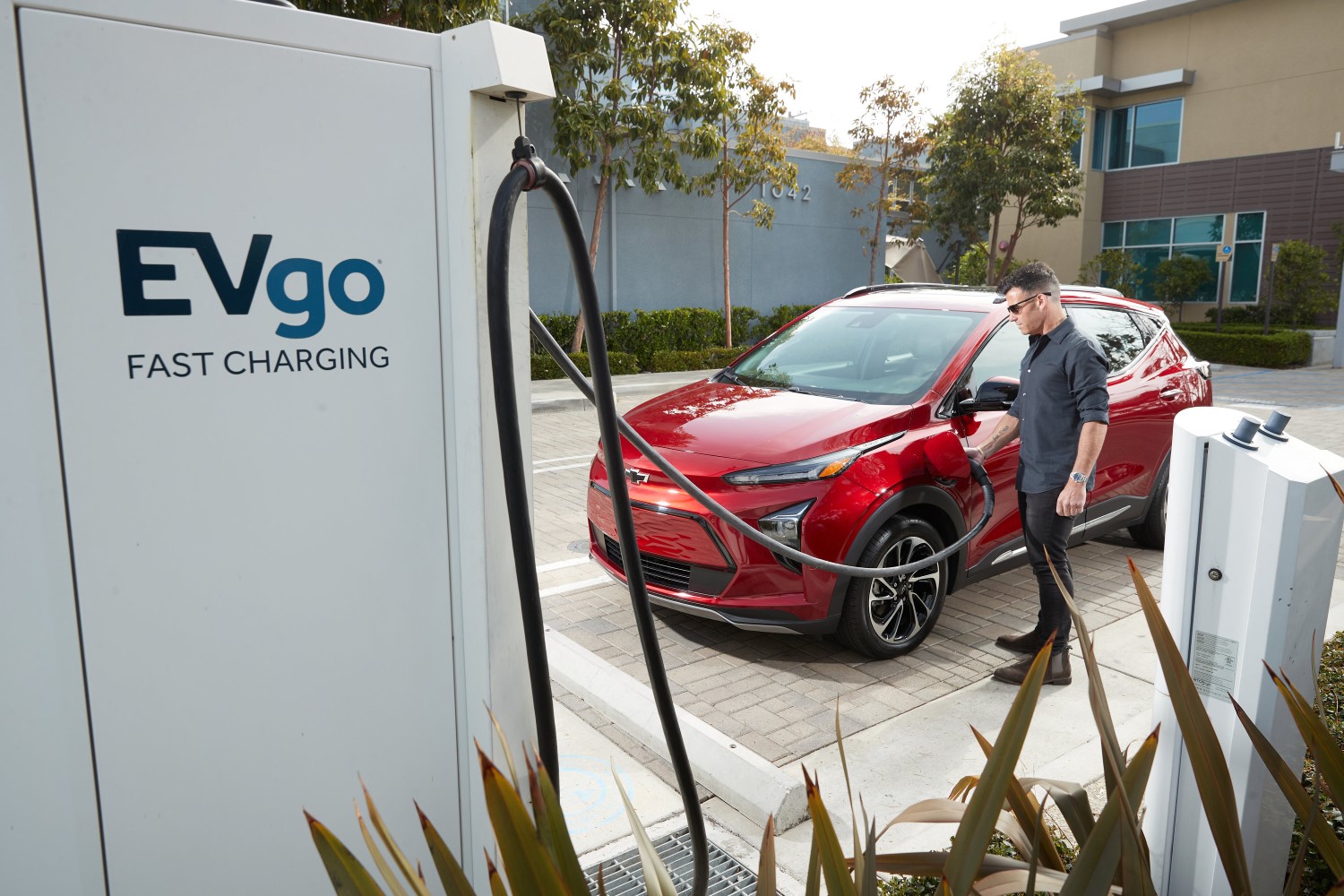
A 2022 Chevrolet Bolt EUV is charged at an EVgo fast charging station. GM and EVgo are on track to have approximately 500 fast charging stalls live by the end of 2021. Pre-production model shown. Available summer 2021. Actual production model may vary. (Photo by Dan MacMedan for Chevrolet) - Not enough minerals on earth for every car to be an EV – not even close. Unless there is a major battery breakthrough, the minerals used in current EV batteries are getting harder to find and the costs will skyrocket as supplies diminish.
- Child labor used to mine EV battery minerals – scientists warn there will be an environmental price to pay for this drive to create a world powered by green technology. Prospecting for the materials to construct these devices, then mining them, could have very serious ecological consequences and major impacts on biodiversity, they say. Metals such as lithium and cobalt provide examples of the awkward issues that lie ahead.In the case of cobalt, 60% of the world’s supply comes from the Democratic Republic of the Congo where large numbers of unregulated mines use children as young as seven as miners. There they breathe in cobalt-laden dust that can cause fatal lung ailments while working tunnels that are liable to collapse. “Men, women and children are working without even the most basic protective equipment such as gloves and face masks,” said Mark Dummett of Amnesty International, which has investigated the cobalt-mining crisis in DRC. “In one village we visited, people showed us how the water in the local stream that they drank was contaminated by the discharge of waste from a mineral processing plant.”

Child labor used to mine your EV battery minerals. Then there is the issue of lithium mining. World production is set to soar over the next decade. Yet mining is linked to all sorts of environmental headaches. In the so-called Lithium Triangle of South America – made up of Chile, Argentina and Bolivia – vast quantities of water are pumped from underground sources to help extract lithium from ores, and this has been linked to the lowering of ground water levels and the spread of deserts. Similarly in Tibet, a toxic chemical leak from the Ganzizhou Rongda Lithium mine poisoned the local Lichu river in 2016 and triggered widespread protests in the region.
- Range – You have to plan your trip out ahead of time and find charging stations for your car. Many electric car drivers fear not being able to find a charging station and getting stuck somewhere along the trip. And then when you do get to a charging station, you have to wait, and wait and wait.
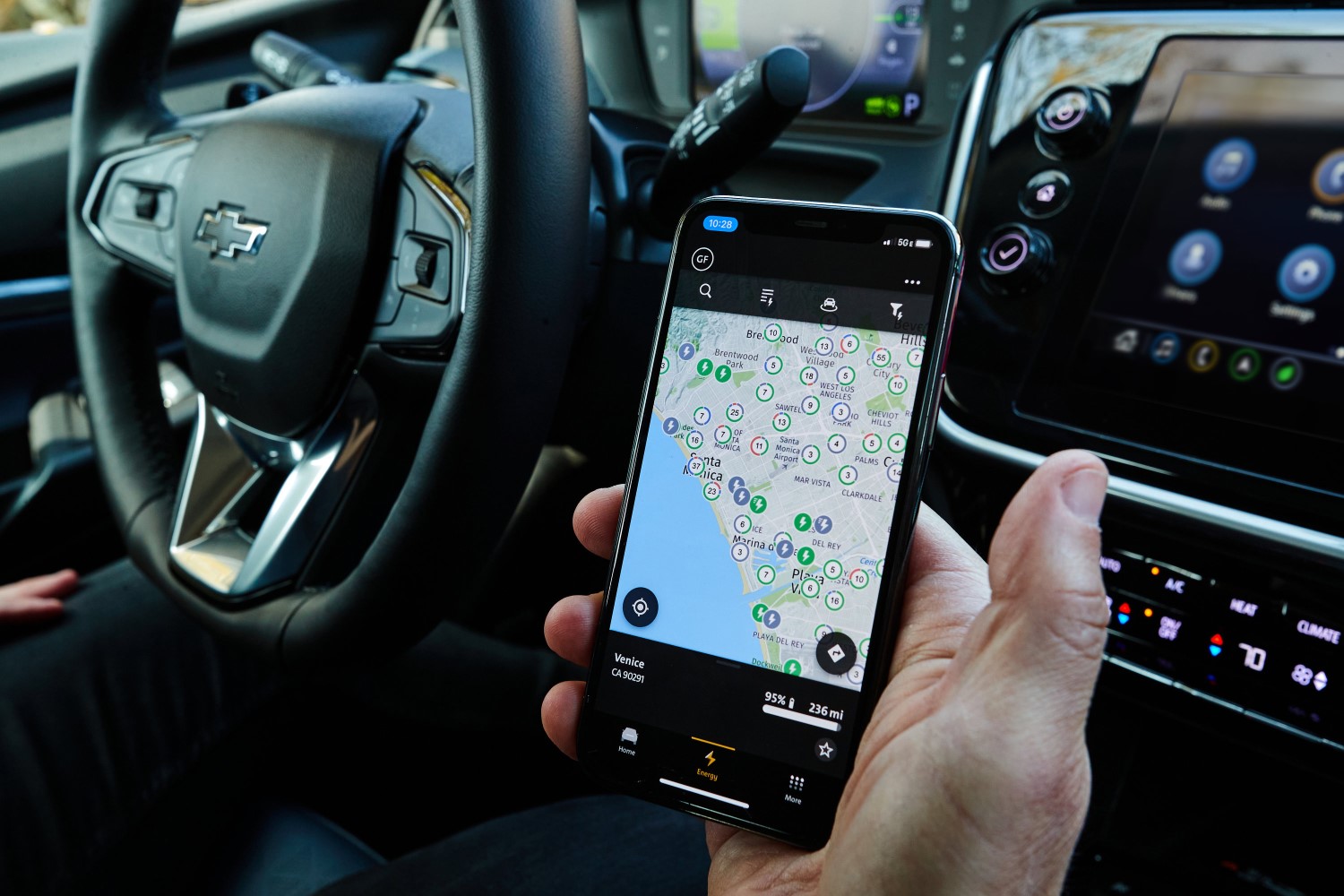
Searching for an available charging station (Photo by Dan MacMedan for Chevrolet) - Battery Waste – In 10 years time when these EV batteries have reached their useful life, we are likely to have an environmental disaster on our hands disposing of them and their materials inside.
- Fire Hazard – There have long been reports of electric cars catching on fire, and it’s always in the back of people’s minds. Because an electric car is completely electric, the risk of fire is a lot higher than your average gas-powered vehicle. Lithium ion batteries are known to experience sudden instant combustion. They have caused a ship carrying EVs across the Atlantic to sink and they typically catch fire while charging, which means if one catches fire in your garage while you are asleep, you and your loved ones could be burned to a crisp.
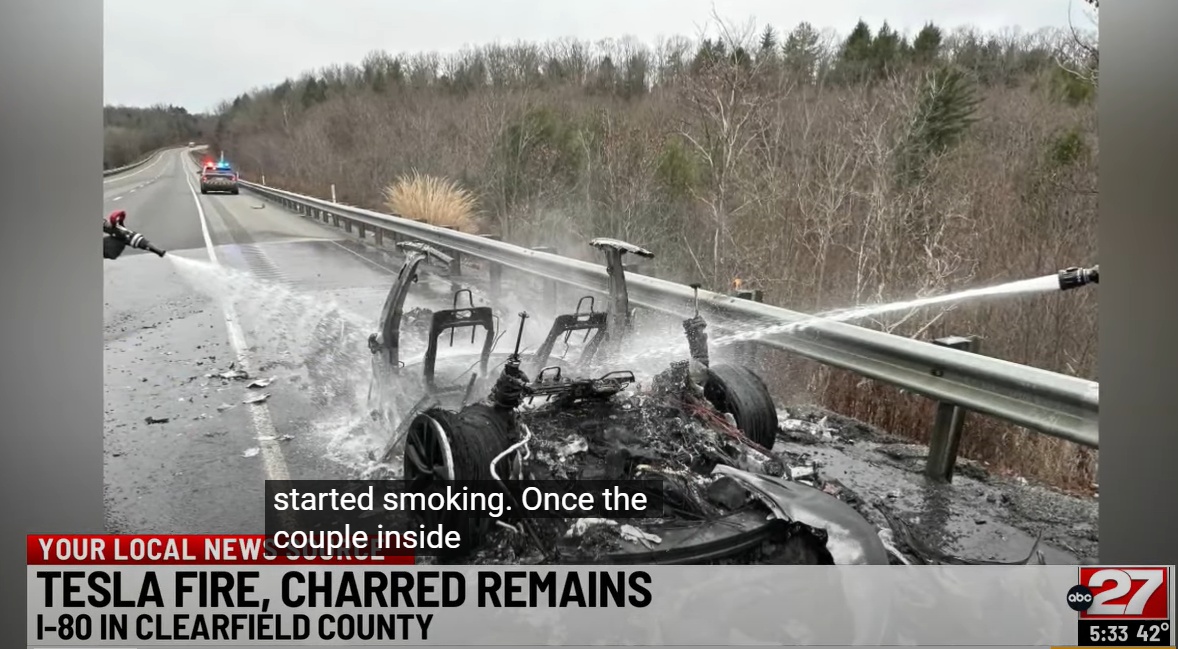

A 2019 Chevrolet-Bolt EV battery defect burnt this EV to a crisp - Lack of Service Centers – An electric car is not an average vehicle, which means that finding a place to service it isn’t easy. Most run-of-the-mill automotive mechanics that you are going to come across are not equipped to work on one of these vehicles. Finding a suitable service center for your electric vehicle is few and far between, and quite costly to boot. Most vehicle owners look for a mechanic who is trustworthy and gets the job done. But this is a bit harder with an electric car because most mechanics are not familiar with these vehicles just yet. You’ll be in for a bit of sticker shock if you do manage to find a mechanic who can do the job right the first time.
- Zero emissions is a complete lie – While an electric car itself doesn’t burn fuel or put emissions into the atmosphere, the power for the vehicle has to come from somewhere. The majority of power is still coming from a coal-powered plant somewhere. So when they say an electric car is zero emissions that isn’t always the case. You are still going to contribute to ozone depletion, just not upfront like you would with a gas vehicle. For a lot of buyers, the fact that these vehicles are still polluting in one way or another makes the appeal limiting. Coupled with the high price tag you just have a recipe for disaster that is going to cost an arm and a leg. Reputable studies have shown, that taking in the mineral mining and manufacturing emissions, you have to drive your EV 40,000 to 60,000 miles before its carbon emissions are breakeven with a gasoline-powered car.
- Continual Quick Charging damages the Battery – The rapid charging stations can get a vehicle fully charged in under thirty minutes. But there is a problem with that and it comes to the battery. When you rapidly charge a battery all the time, you will degrade the battery a lot sooner. Because these batteries cost thousands of dollars, most consumers are not willing to take that risk. Quick charging might be convenient, but it’s not something drivers want to do every time, but if where you live has no at-home charging (apartment and condo dwellers, etc,) these EV owners are forced to use public quick charging all the time. Good luck with that.
- Parts are hard to find – Electric cars are still new, and finding parts can be next to impossible. If you have a 1996 Toyota Corolla, you can find everything online from engine replacement parts to body panels. If you have a Tesla Roadster, this is not as easy of a task, and that scares most consumers away. Electric cars are not mainstream enough for the average consumer to be able to repair and own.
- Charging Infrastructure cannot keep up – Less than 1% of cars on the road today are EVs. During a late summer heatwave in California, headlines flashed that the state was asking electric car owners not to charge their vehicles. In an epic display of bad timing, the request came on the heels of an announcement that the state would ban the sale of new gasoline-powered cars by 2035. Just wait until 25% or even 50% of cars are electric. Complicating matters is the idea that electric cars won’t be the only thing adding pressure to the electrical grid. Many states have proposed or adopted policies to phase out natural gas furnaces in new home construction, replacing them with electric heat pumps. That electricity required to “decarbonize” home heating will place additional strain on the U.S. electric grid. Expect electric costs to soar to pay for the needed infrastructure costs
- Gasoline prices will plummet – As more and more cars become EVs, demand for gasoline will plummet, and we could see prices drop back down to 50 cents per gallon, making gasoline internal combustion engine cars very attractive to consumers. They will beg to buy cheaper internal combustion engine cars that are also cheap to refuel and any manufacturer still selling them will reap the benefits.
- Limited range for 18-wheel trucks – just about everything we consume is carried on an 18-wheel truck to get to us somewhere along the path. Can you imagine what will happen to the trucking industry if they have to stop every 250 miles and wait hours to charge their huge batteries? If you think inflation is high now, just wait.
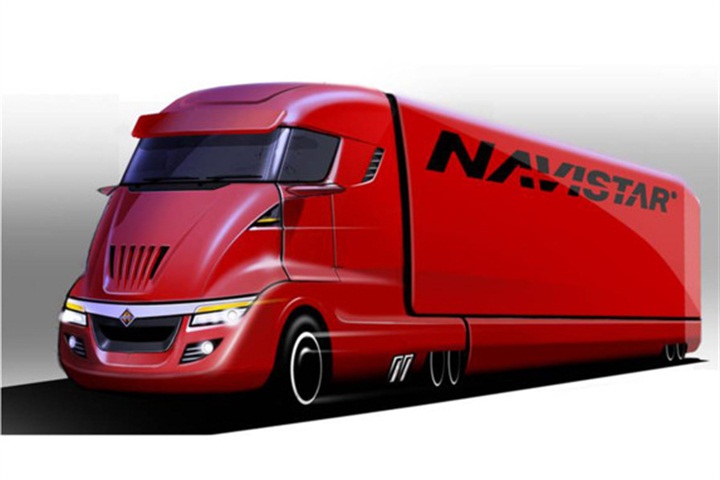
Conclusion
In conclusion, while electric cars continue to make waves in the automotive industry, it’s essential to weigh the pros and cons before making the switch to full-time ownership. For those still interested in experiencing the electric revolution without the commitment, consider cheap electric car rentals. They offer a practical solution to enjoy the benefits of electric driving without long-term financial and logistical considerations, making it a convenient way to test the electric car pitfalls and make an informed decision about your future driving.
Mark C. reporting for AutoRacing1.com
